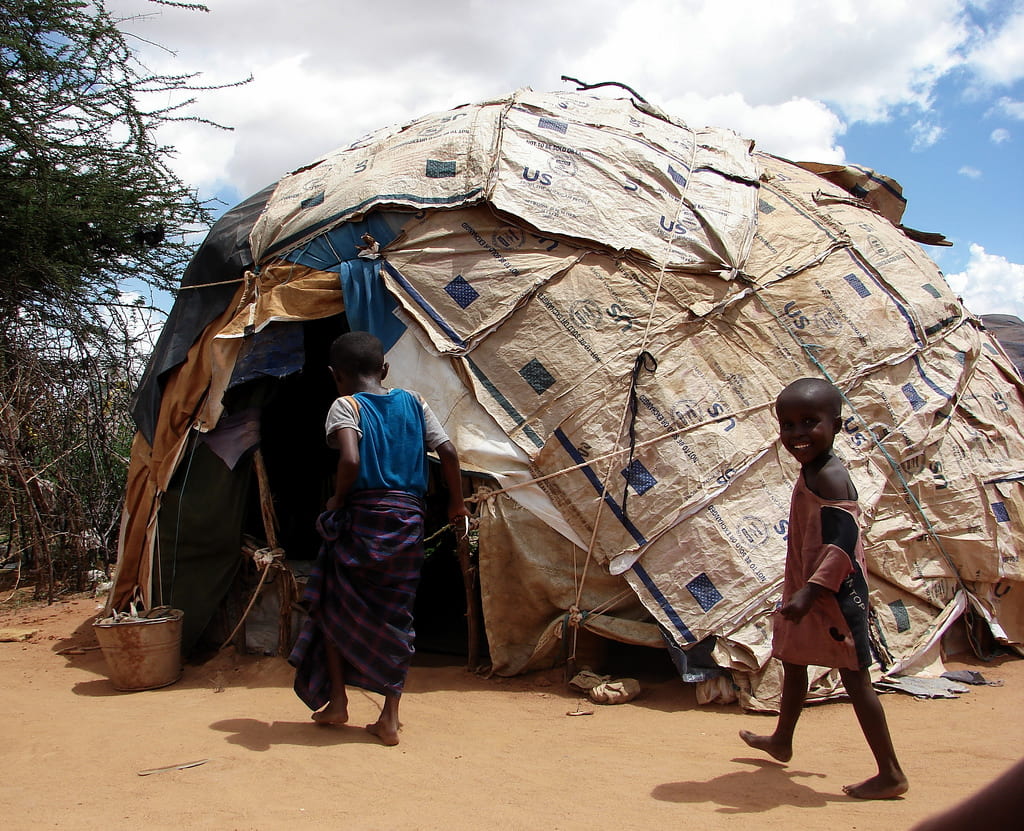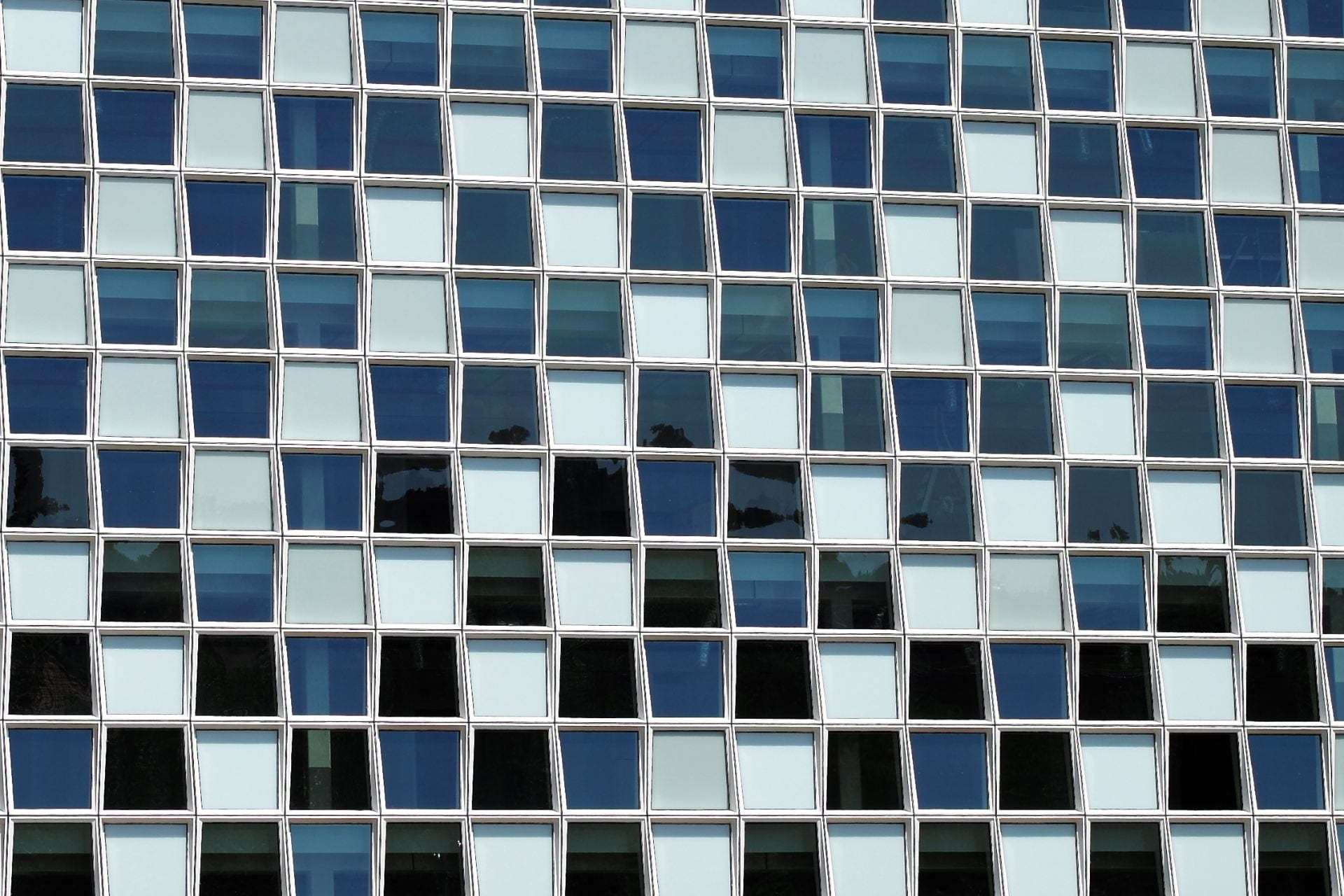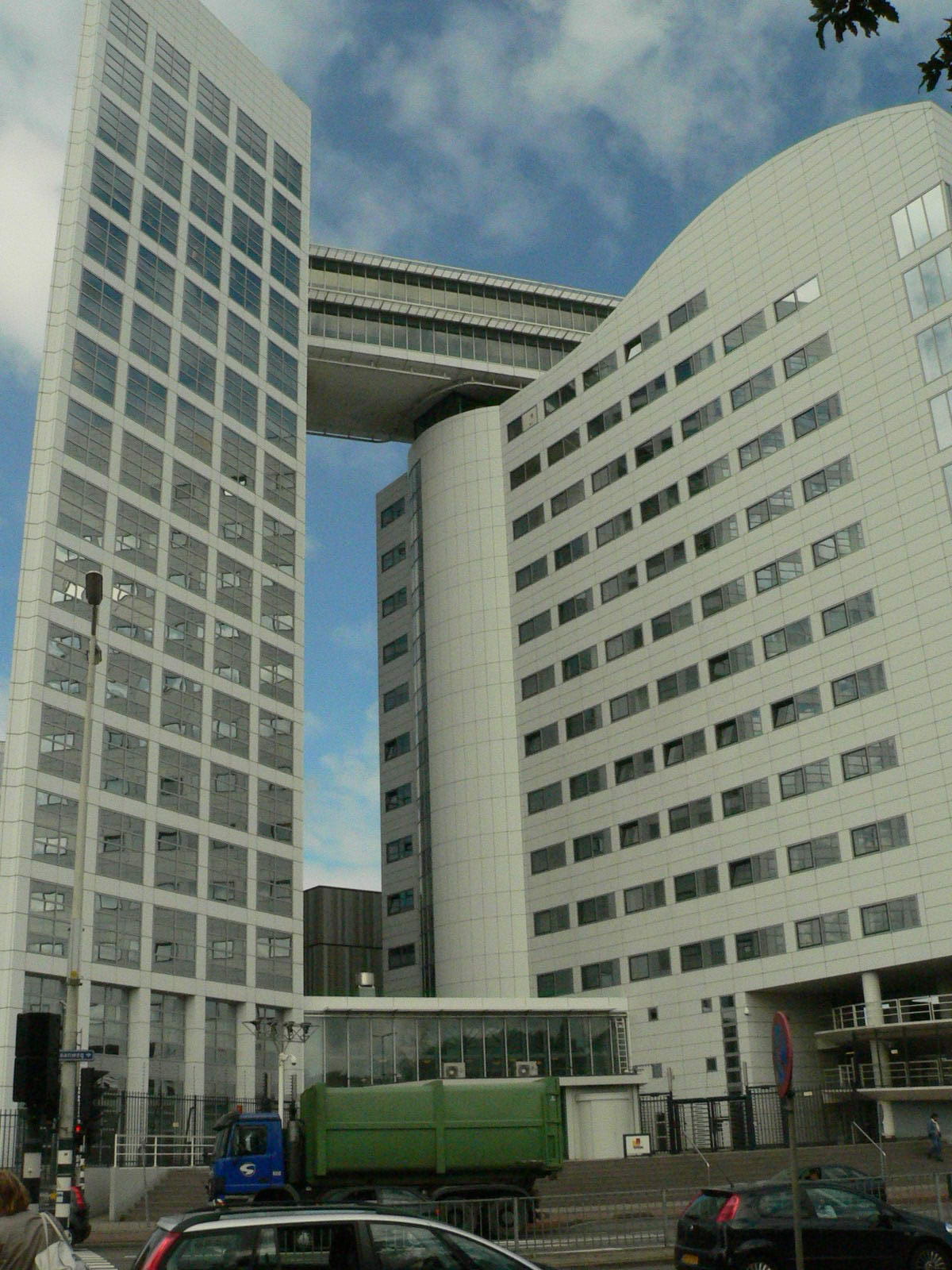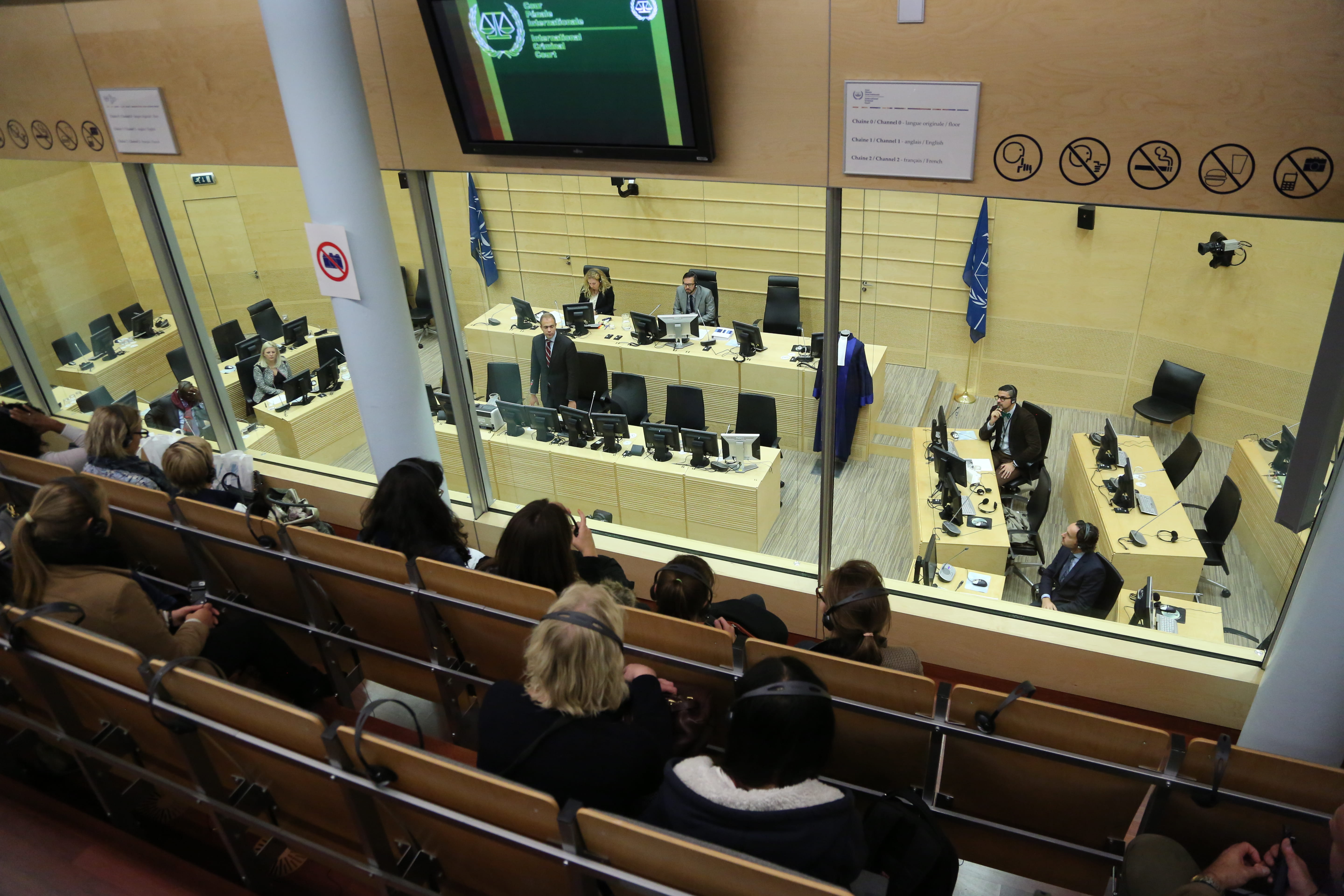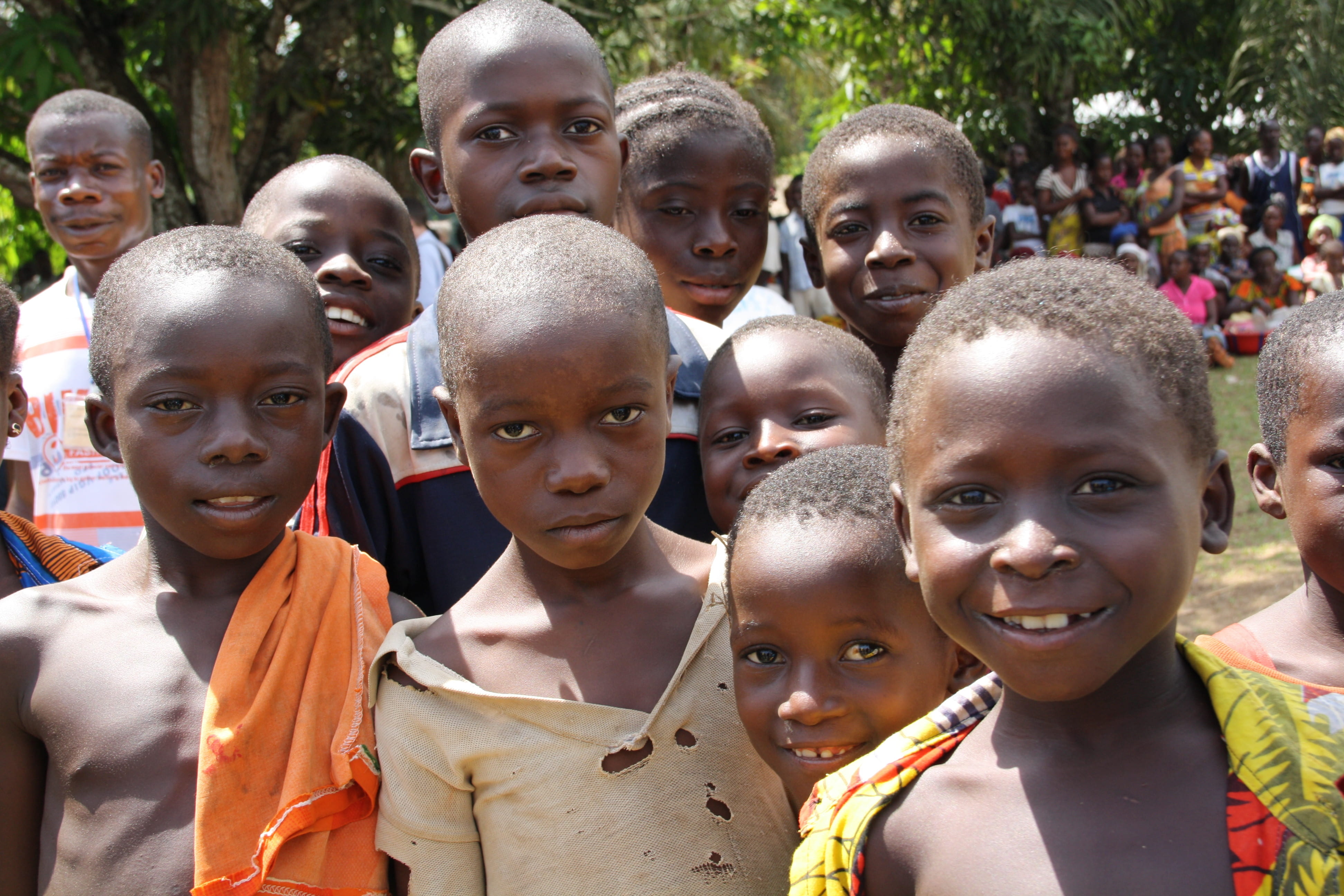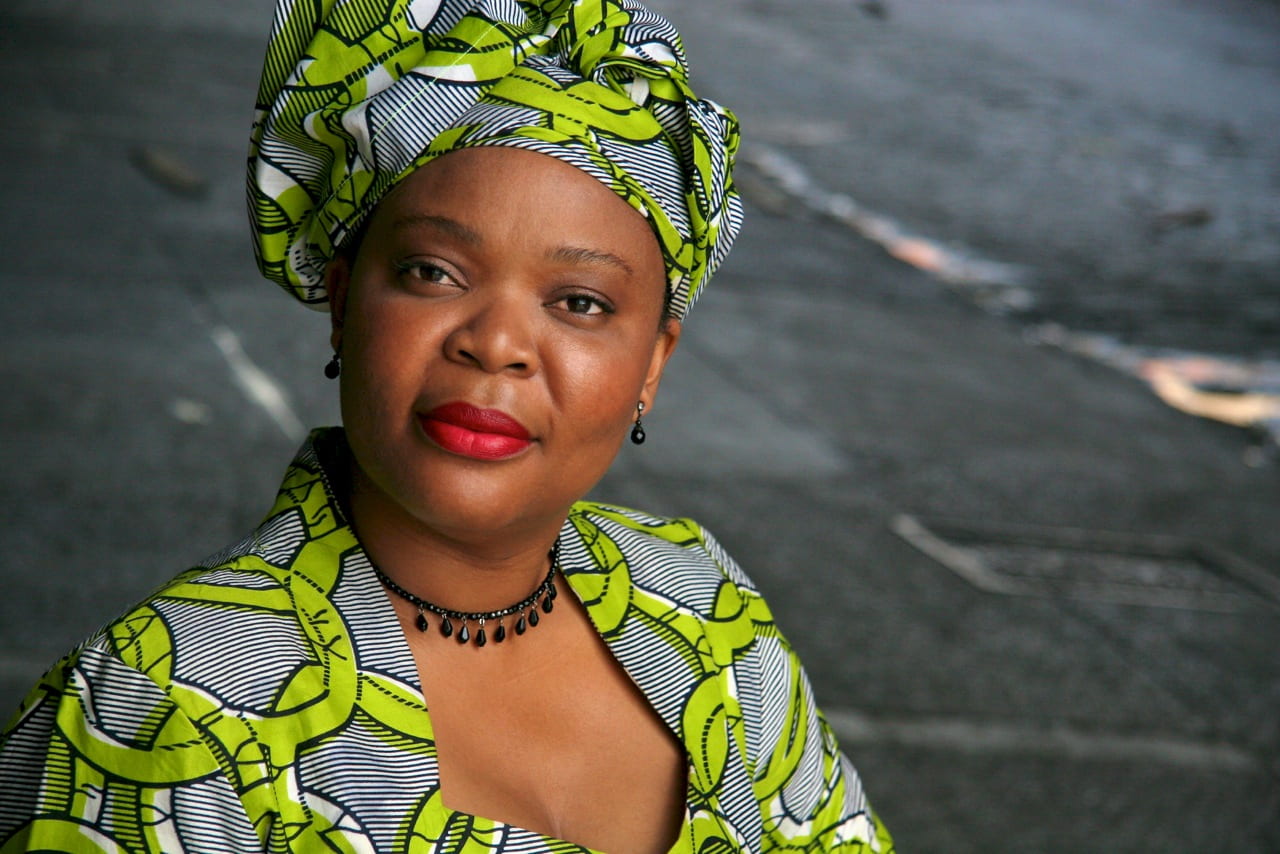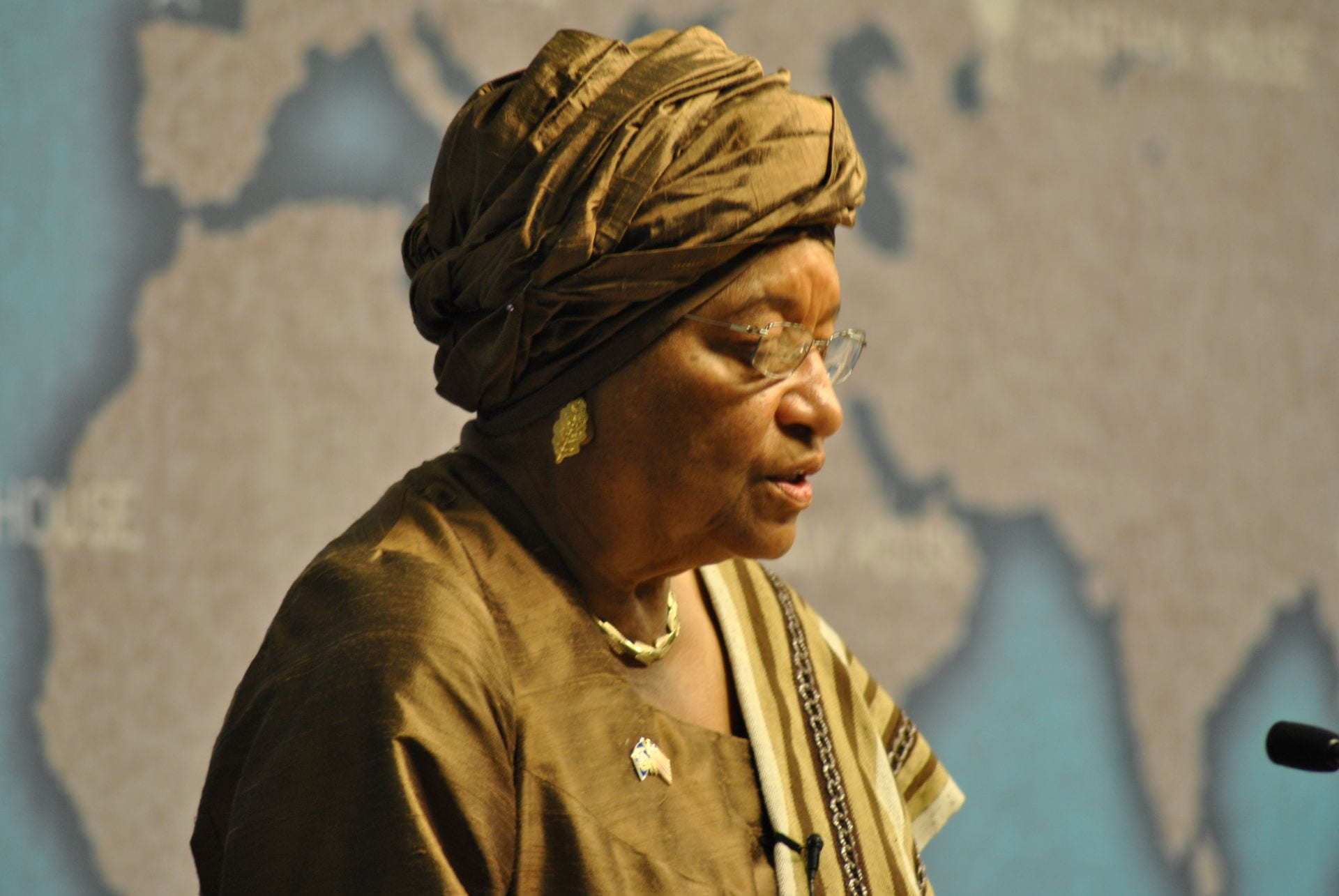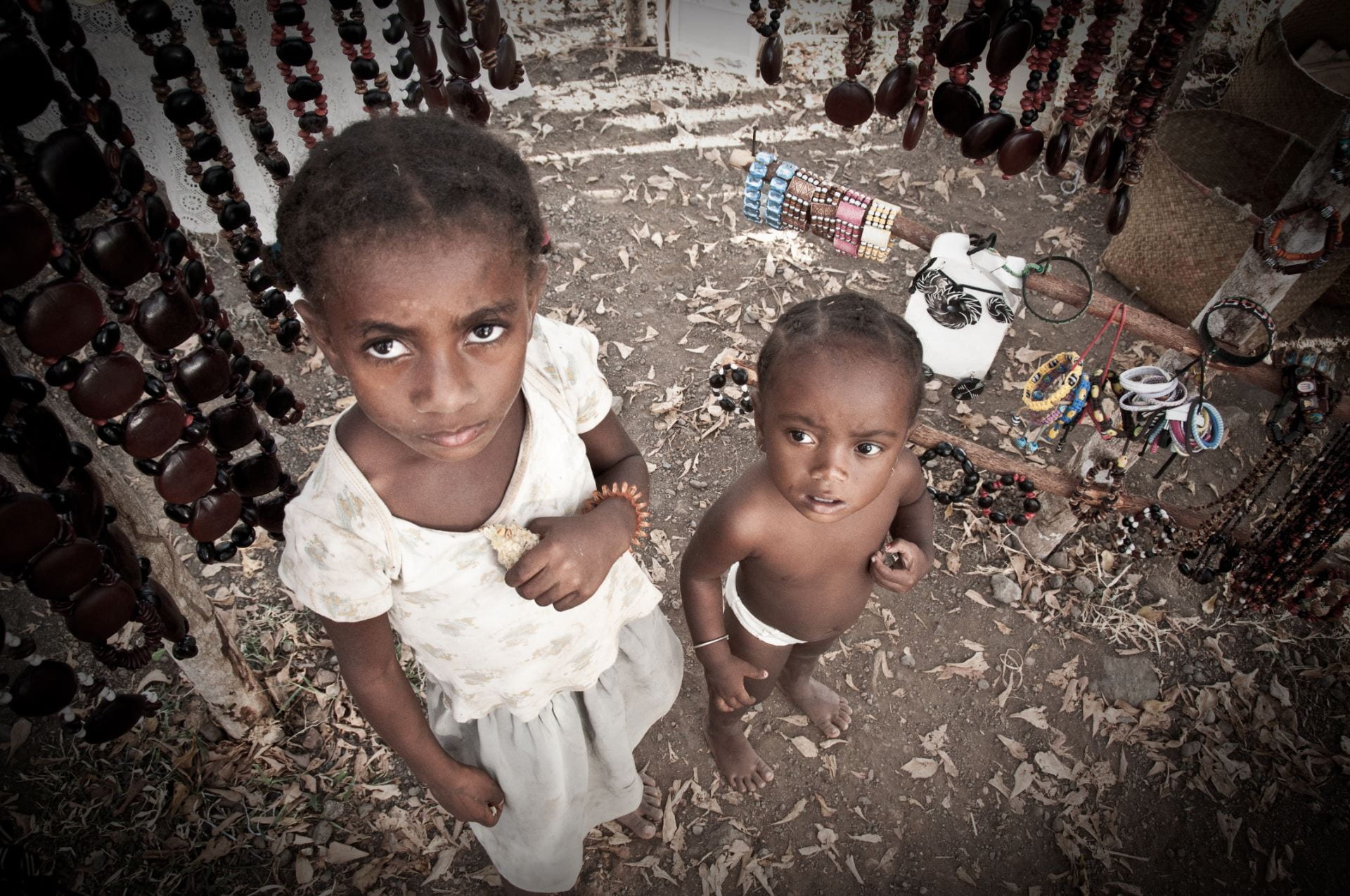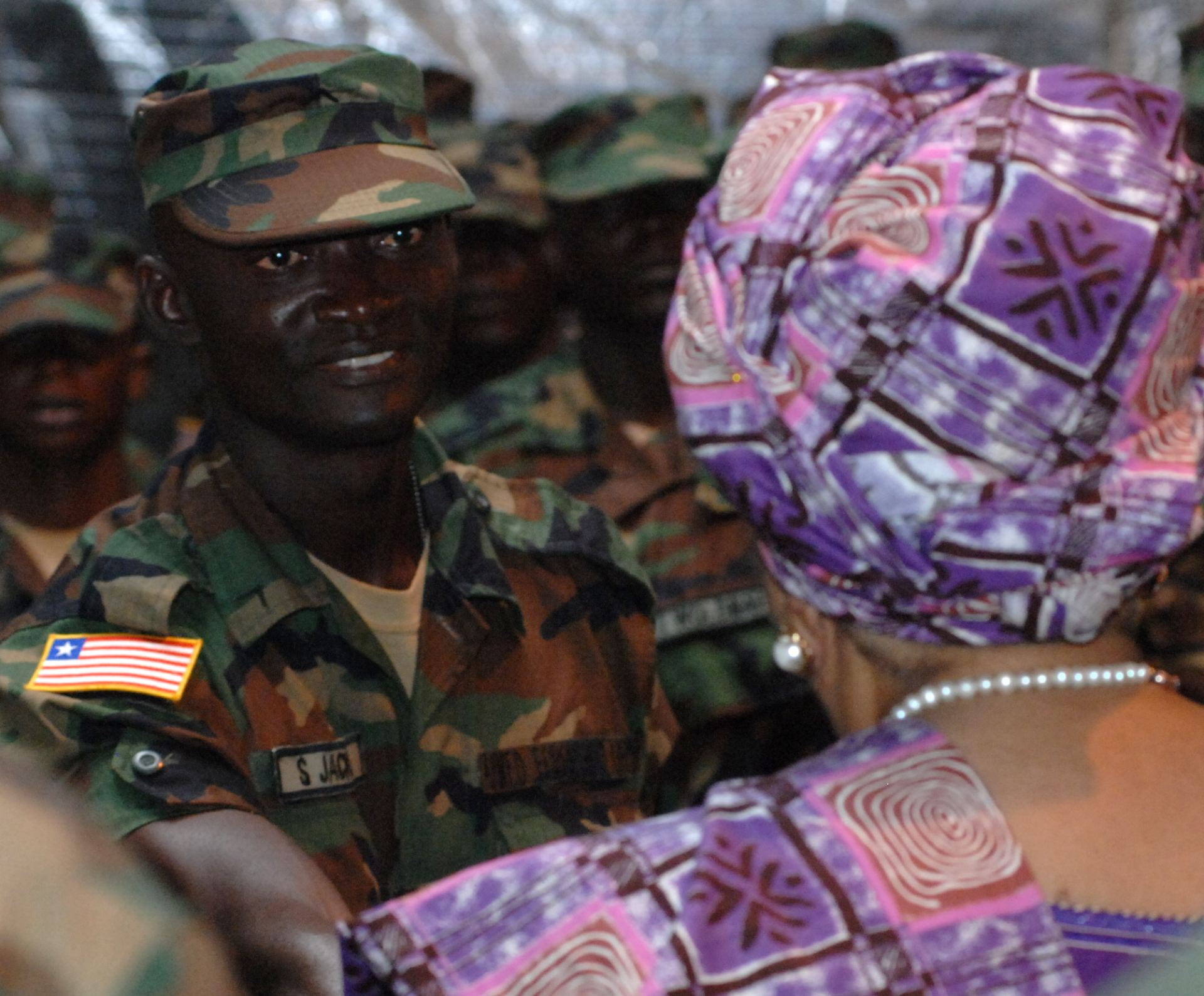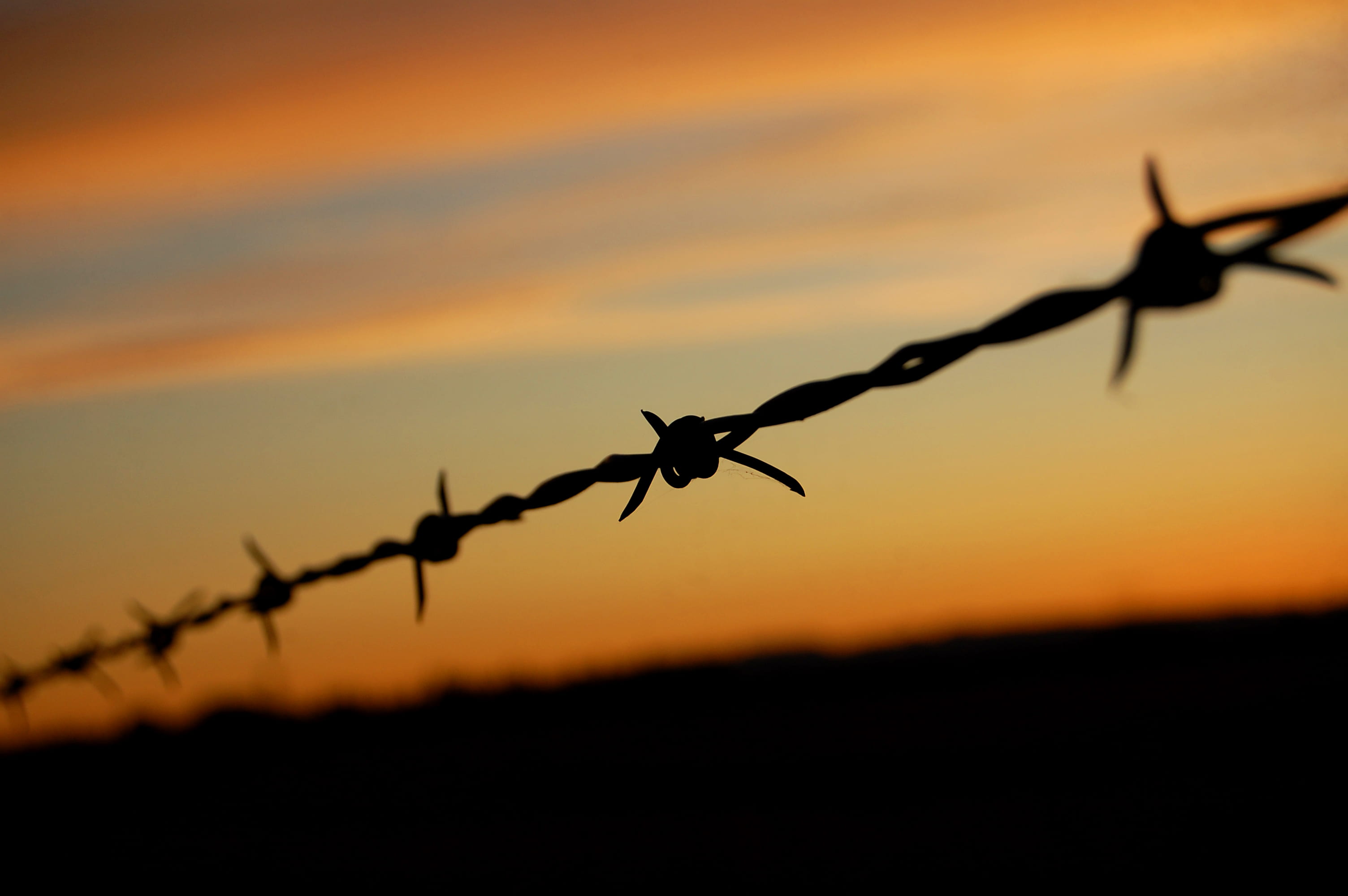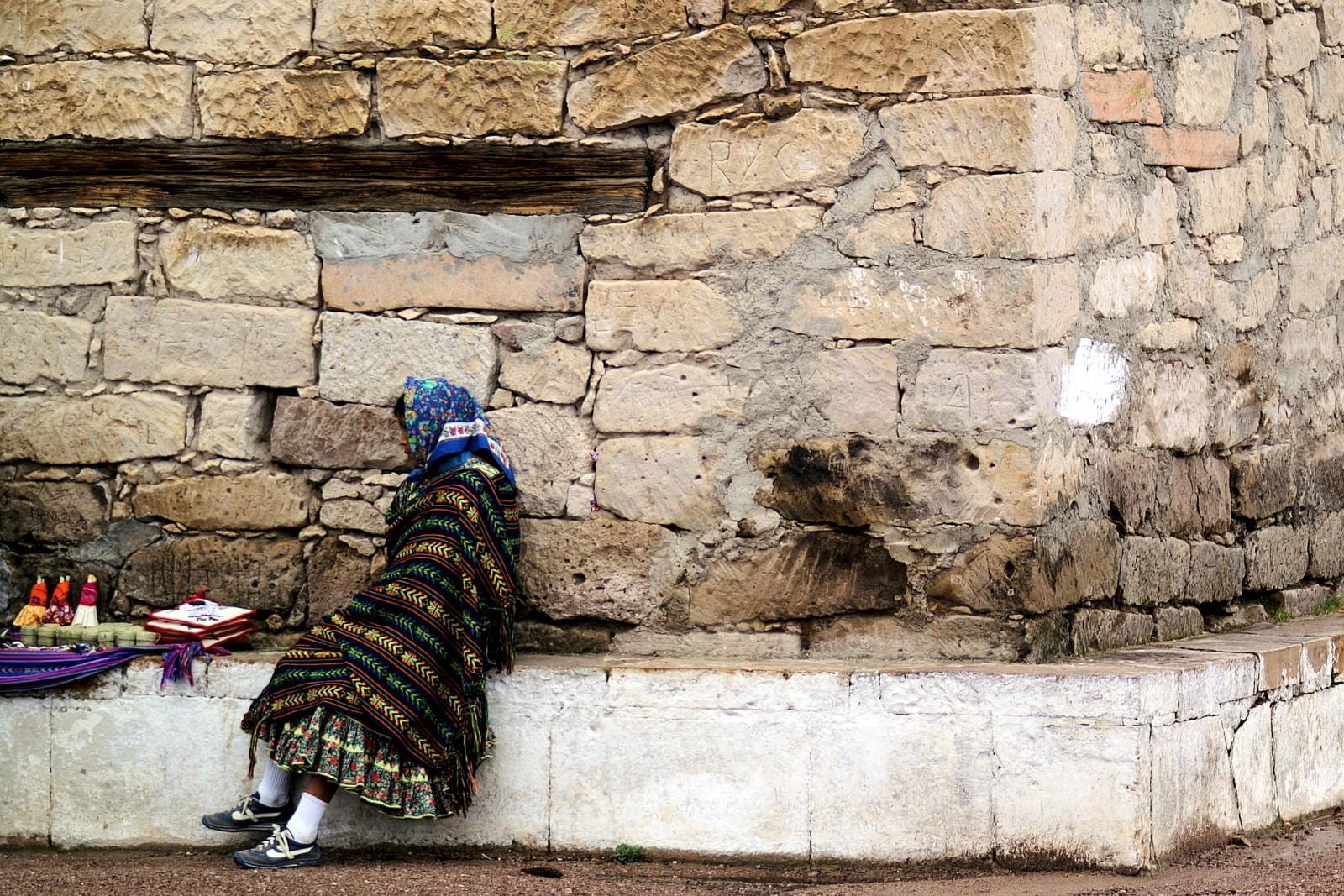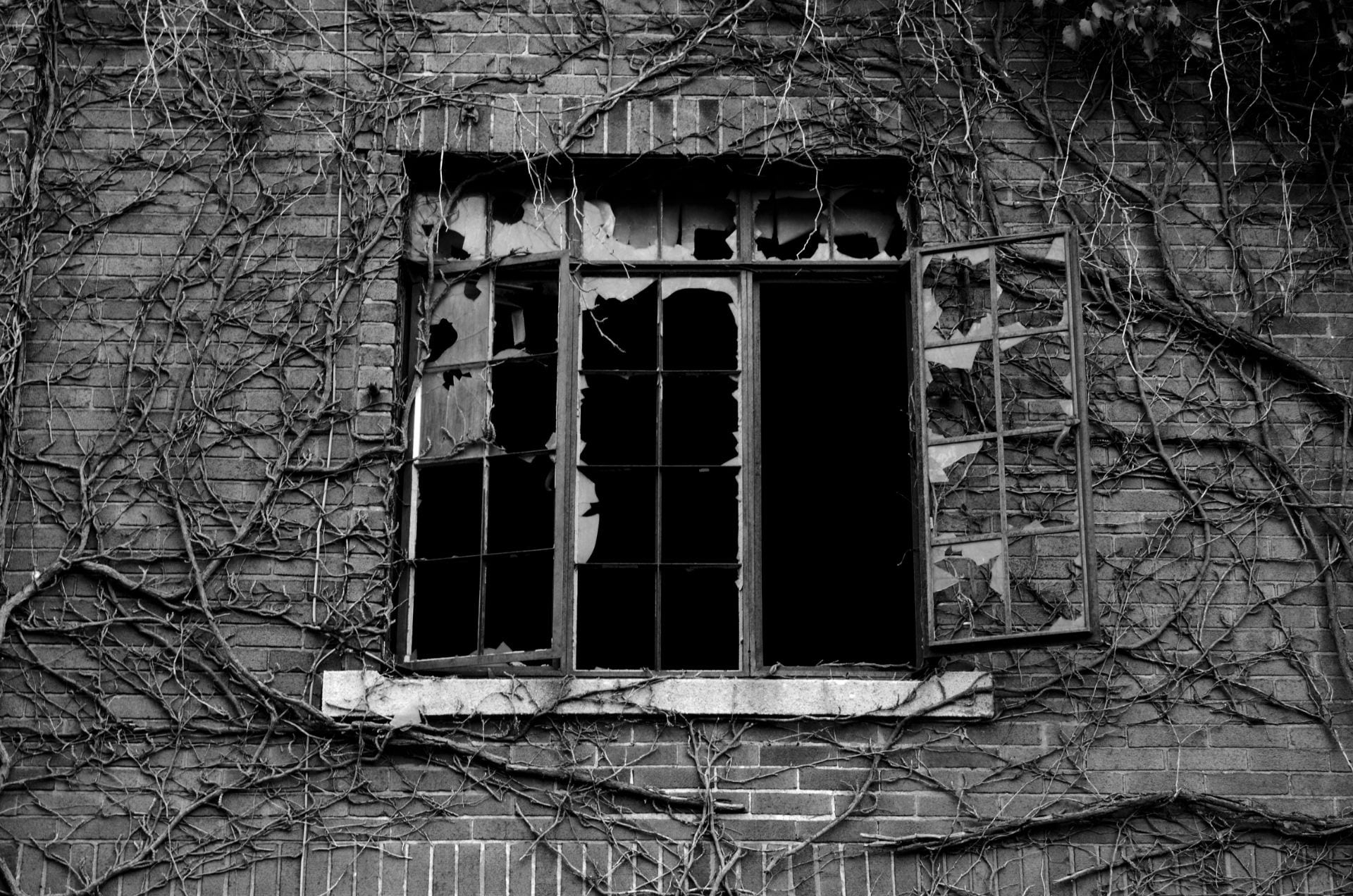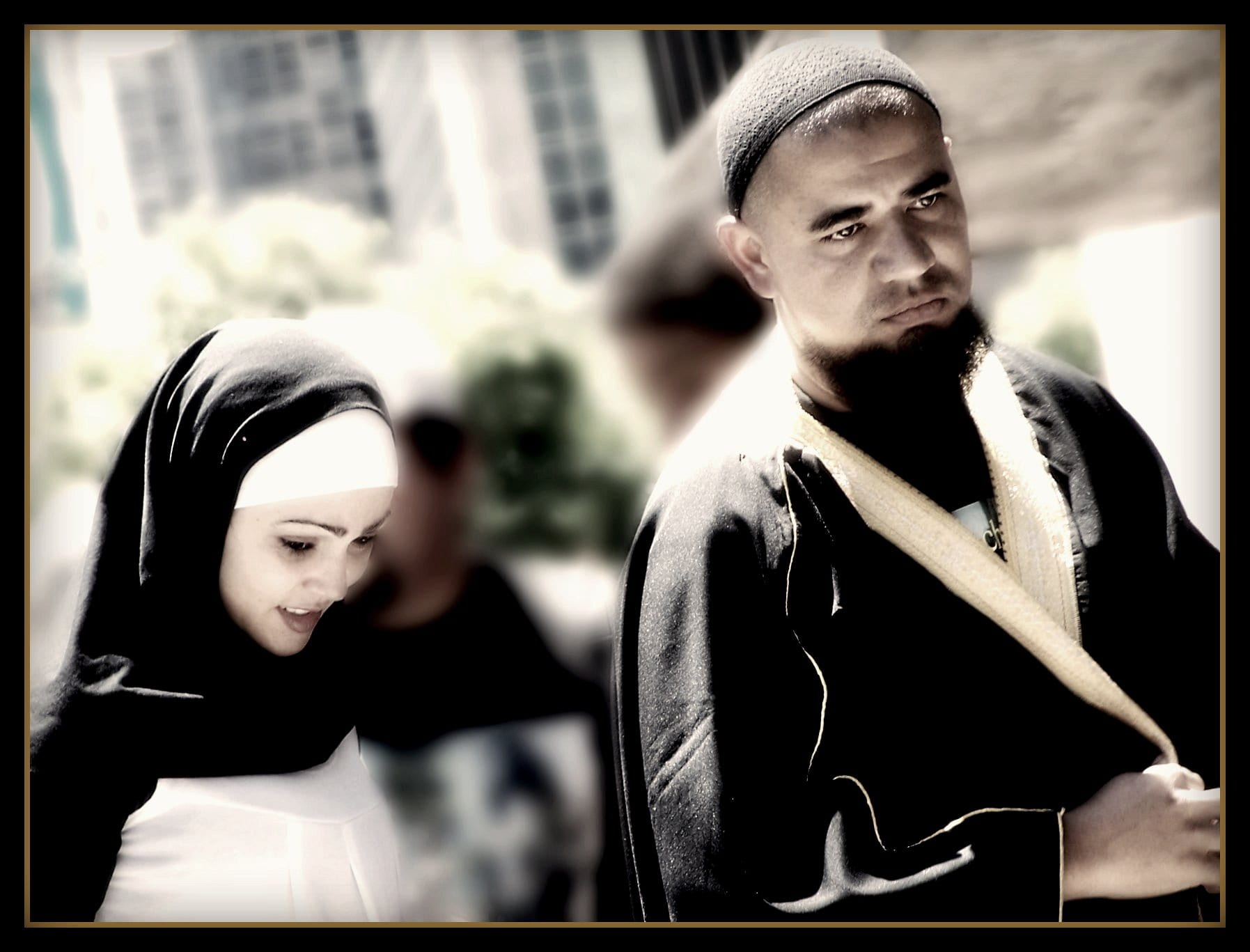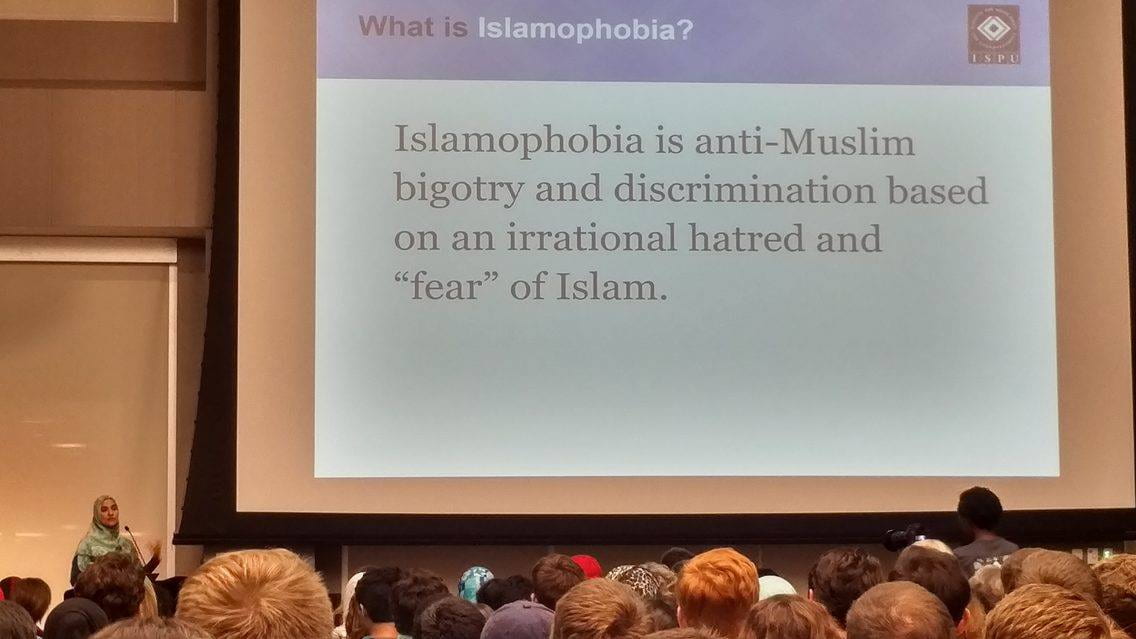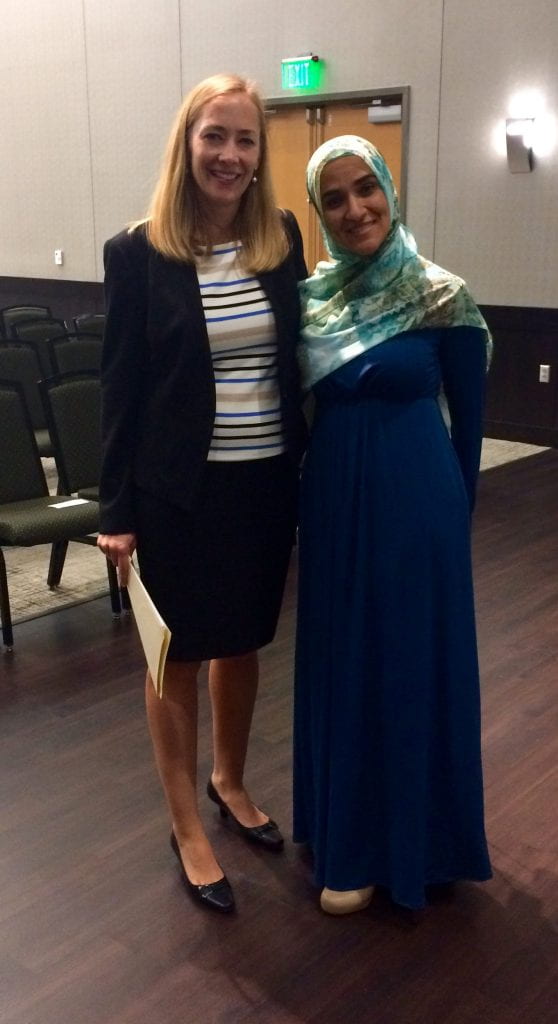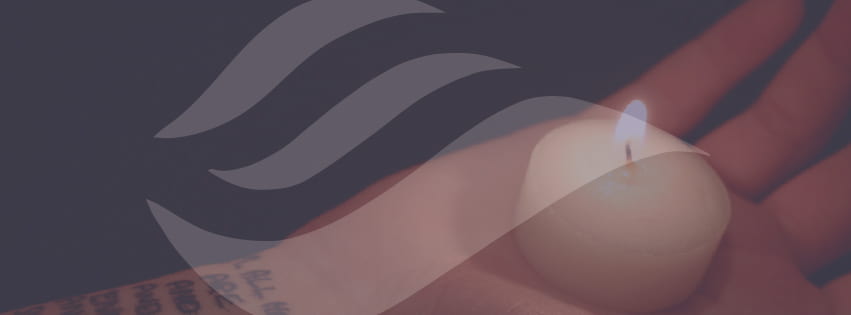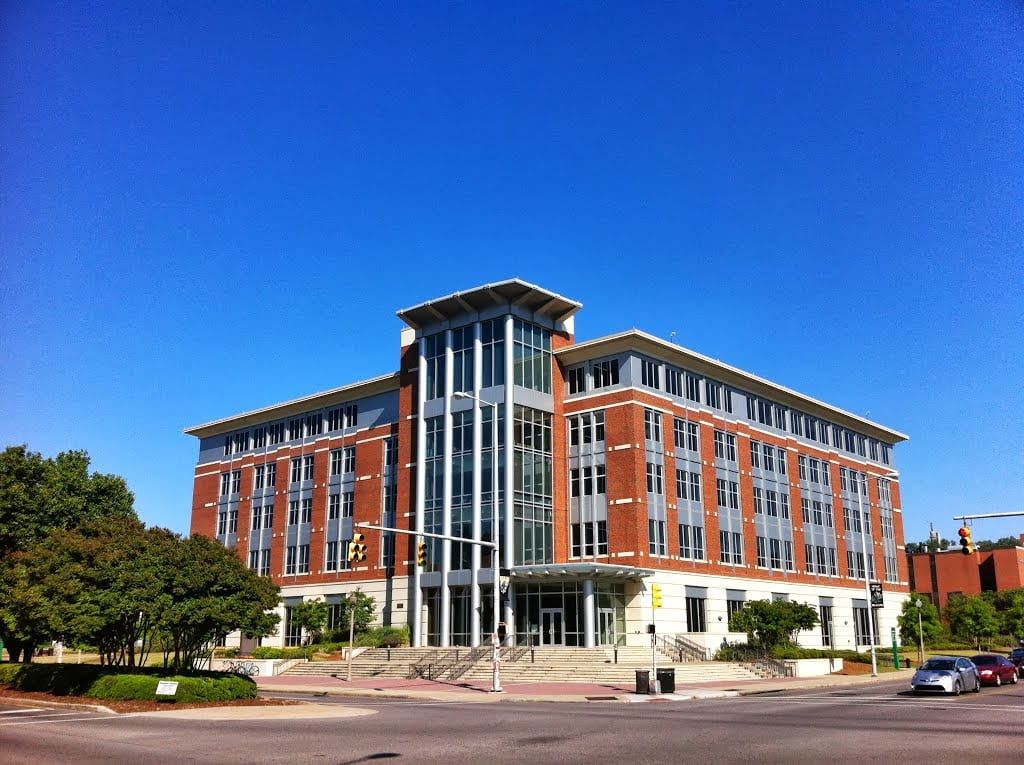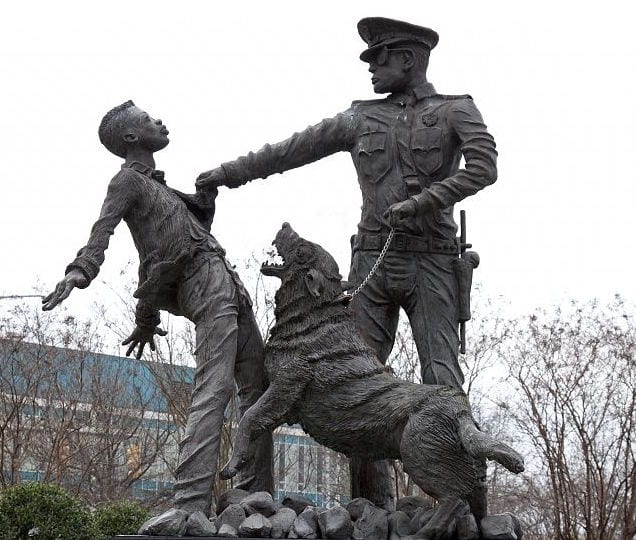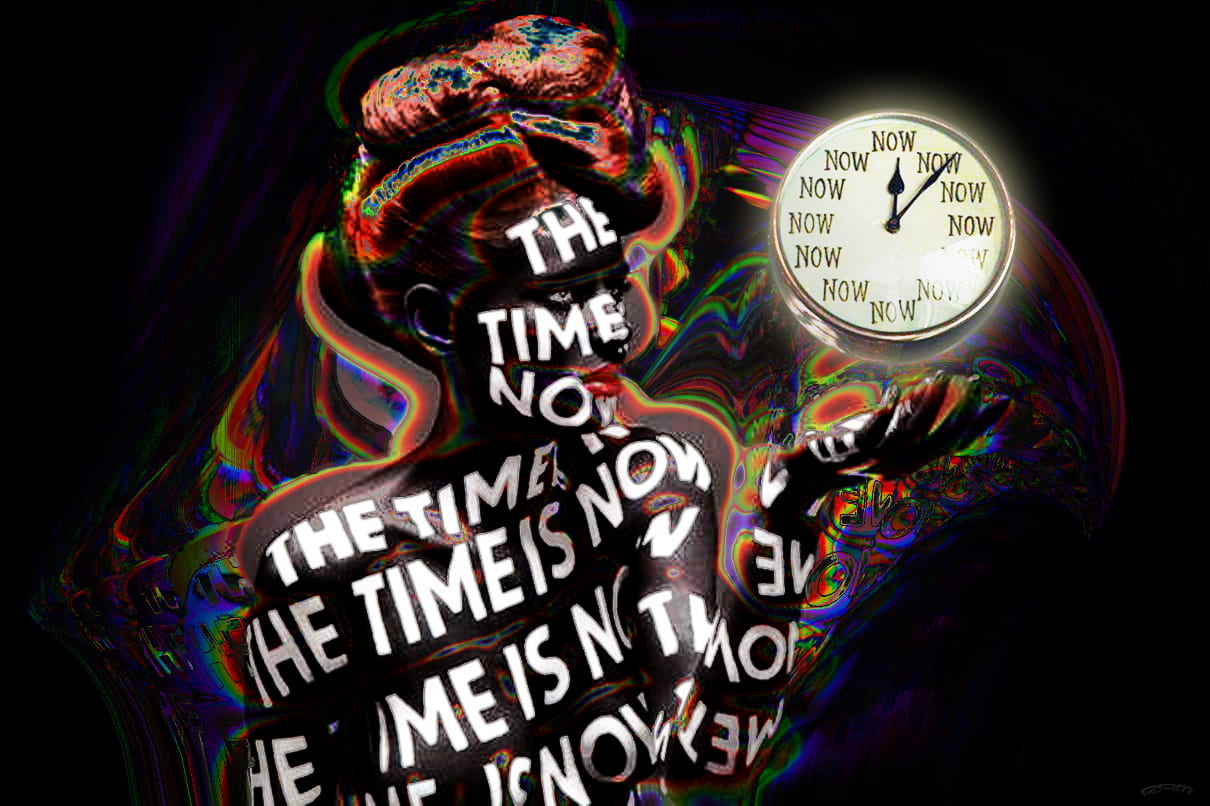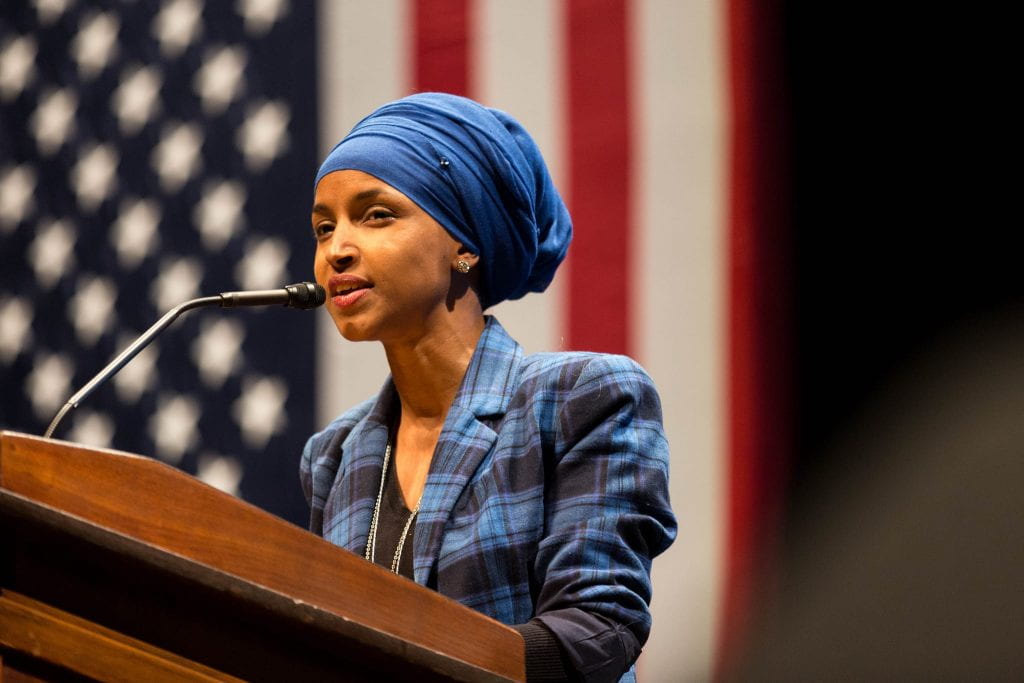
Ilhan Omar is a Minnesota state representative. She is the first American lawmaker of Somali descent. She is a former refugee. Omar and her family fled Somalia during the civil war and lived in a Kenyan refugee camp for four years before emigrating to the United States in 1995. Wearing a white hijab, Omar who is Muslim, declared in her victory speech that “this was a victory for every person that’s been told they have limits on their dreams. Our campaign has been about more than just uniting a district, more than winning back the House, more than making history. Our campaign has been about shifting narratives, restoring hope and re-establishing access in our democracy.” Her victory reminded me to ignore political and xenophobic rhetoric, and search to better understand the lives of asylum seekers and refugees in order to place them in a position of honor for what they have endured and overcome in pursuing a new life for themselves and their families.
Asylum seekers and refugees are often on the receiving end of a disqualifying international narrative, rooted in half-truths and innuendos. In her address at the U.S. Mission to the United Nations, Samantha Power remarked that “people do not become refugees by choice, obviously; they flee because their lives are at risk – just as we would do if we found ourselves in such a situation. And most want to go home.” The current discourse of asylum and refugee status has brought about some confusion, given the misconception that the terms are interchangeable. Article 14 of the Universal Declaration of Human Rights states “everyone has the right to seek and enjoy in other countries asylum from persecution.” An asylum seeker or ‘prima facie’ refugee is a person who seeks safety from persecution or serious harm in another country and awaits a decision on the application for refugee status under relevant international and national instruments. The United Nations High Commissioner for Refugees (UNHCR) states that there is a system which determines who qualifies for international protection; an interview is a key part of the process that is often negated given the swells of people crossing a border. For many who seek asylum, the first step in the process is generally a placement in detention.
Michael Welch insists that detention is the harshest act of punishment a state can inflict on people, and that seriousness increases if persons are escaping persecution rather than being held for criminal or immigration offenses. Chico Harlan reports that immigration detention is a billion-dollar industry in America. President Obama closed a detention facility in Taylor, Texas in 2008 because children were imprisoned and limited to play. Yet, in response to the “porous state of the nation’s border”, the administration implemented a tougher stance that changed the policies and empowered the Corrections Corporation of America to build the country’s largest immigration detention center in Dilley, Texas. The 2400 bed facility is home to thousands of asylum seekers as they work their way through the immigration process.
Asylum seekers are individuals or families in crisis, yet they are often treated as criminals. The women and children at the Dilley detention facility arrived at the border in search of the American value of welcoming those fleeing violence. Their hope is for hospitality and refuge; instead they describe their detention experience as worse than the abuse and violence they fled. Human rights violations and the fleeing from persecution go hand in hand as Gil Loescher explains. He writes that some find the protection they need while others find themselves victims in exile; many at the hands of the governments from whom they are longing to gain compassion.
City residents who live outside the walls of the detention center in Dilley, Texas assume that those dwelling in the center have a nice existence. However, those who have been released revealed their treatment included sleep deprivation, sleeping on cold floors, feelings of prolonged imprisonment, and not receiving an opportunity to appeal to a judge. Children should only be held in detention for up to 20 days. On average, according to the Center for Migration Studies (CMS), “asylum seekers are mandatorily detained pending a DHS [Department of Homeland Security] determination of their ‘credible fear’ of persecution upon return. This detention lasts an average of 27 days, including the time it takes to ascertain whether they have a “credible fear,” and to decide whether those found to have a credible fear should be “paroled” (released) while they pursue political asylum.” In Berks County, Pennsylvania, at least three families have been detained for nearly one year, forcing the women to initiate a hunger strike in protest for their release. Additionally, Nauru and Manus Island off the coast of Australia, asylum seekers spend an average of 450 days in detention. The detention of asylum seekers as an anti-terrorist or immigration strategy is a blatant disregard for international law. Human Rights Watch reported that on July 24, 2015, US Department of Homeland Security Secretary Jeh Johnson said the Obama administration was committed to making considerable changes to the family immigration detention process.
The Australian government in late October 2016 announced new legislation banning asylum seekers–who arrived by boat since July 2013–entrance to the country, in any capacity. Government officials believe the “law change was necessary to support key government border protection policies, including temporary protection visas, regional processing and boat turnbacks.” Australia’s new policy shines light on the underworld of asylum seeking: human trafficking and smuggling. The UNHCR reports that nearly 34,000 people (or the population of Vestavia Hills, Alabama in 2014) are forced to flee their homes every day because of conflict and persecution. Desperate and vulnerable, those who are unable to find refuge in neighboring countries seek out other means–smuggling and trafficking—to get across borders, thus circumventing border patrols and the proper immigration process. Human trafficking and smuggling presents additional problems if a victim is caught. Loescher believes that international laws have to be adjusted, if not created, because the flows of those seeking refuge have been unprecedented. “This is not because there were no refugees; numerous acts of persecution and expulsion accompanied the rise of the modern state of Europe and elsewhere. Only in the twentieth century when refugee flows exploded and came to be regarded as a threat, were legal and institutional responses developed…” The 1951 Refugee Convention defines a refugee as
“…[a person] owing to well-founded fear of being persecuted for reasons of race, religion, nationality, membership of a particular social group or political opinion, is outside the country of his nationality and is unable or, owing to such fear, is unwilling to avail himself of the protection of that country; or who, not having a nationality and being outside the country of his former habitual residence as a result of such events, is unable or, owing to such fear, is unwilling to return to it. In the case of a person who has more than one nationality, the term “the country of his nationality” shall mean each of the countries of which he is a national, and a person shall not be deemed to be lacking the protection of the country of his nationality if, without any valid reason based on well-founded fear, he has not availed himself of the protection of one of the countries of which he is a national.”
According to the United Nations High Commissioner for Refugees (UNHCR), 65.3 million people have been forcibly displaced worldwide, or the current population of the United Kingdom.
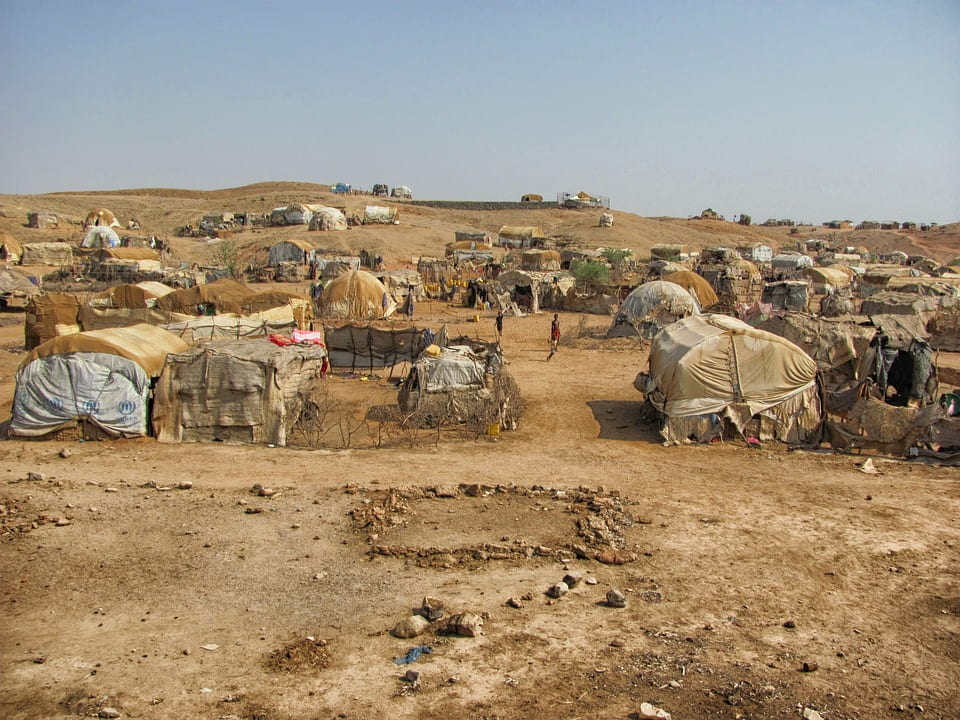
Forced migration is a political, economic, and security concern; more than that, it is a human rights issue that should be treated as a humanitarian crisis. Refugees International provides recommendations and solutions which identify needs for basic services such as food, water, and protection from harm. Presently of the 21.3 million refugees in the world, 39% are being hosted in the Middle East and Northern Africa. Turkey has received 2.5 million. As a means of housing the multitudes, many governments have set up encampment sites. Dadaab in Kenya–home to nearly 300,000–is the world’s largest refugee camp. Unfortunately, as Loescher points out, the exile violates the numerous statues in the 1951 Refugee Convention, namely freedom from movement and wage-earning employment. The limitations cripple the family from creating a dignified life in a new country. Additionally, because refugee camps are established by the government, they can be closed and destroyed like Moria in Lesbos, Greece and ‘The Jungle’, in Calais, France. Both camps have been destroyed by fire, forcing thousands of refugees to flee once again.
Refugees have no state rights. Their country rights were forfeited when they fled their home country. Fortunately, the 1951 Refugee Convention stipulates that first and foremost, a refugee should not be returned to a country where there are threats to their life or freedom. This is the principle of non-refoulement. It also states that refugees must have access to courts, employment and education, and other social and civil rights afforded to the host country’s citizens. This year, the United States has admitted 10,000 Syrian refugees and 38,901 Muslim refugees. Earlier this month, it was announced that approximately 1,200 asylum seekers from Nauru and Manus Island will make their home in America during 2017. Many have been vocal about the perceived threat and the uncertainty about the adaptability of these newcomers to American life. However, the two year screening and resettlement process and the success story of Ilhan Omar, Madeleine Albright, Marlene Dietrich, and Albert Einstein should prove to contradict naysayers, giving voice to the tremendous contribution asylum seekers and refugees have brought and continue to bring to the United States when provided an opportunity to become a part of the fabric of our society rather than a stain on it.
